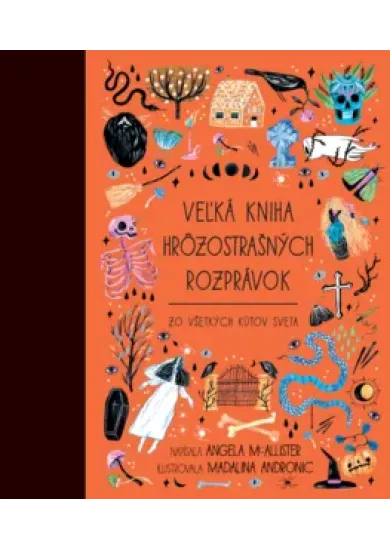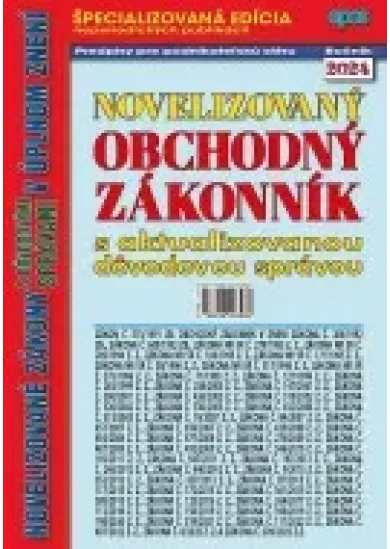Adriana Vasiľková, Ján Koper
Comparative politics of the Czech Republic, Poland and Hungary
The logic of this monograph´s text lies in several fundamental premises that are gradually reflected and verified in the text. Firsty, the premises are modelled on the foundations of the historical development of the Czech Republic, the Republic of Poland and Hungary. The first premise is based on the fact that all three states had a similar concept of their establishment and transformation into different state structures. During their previous history, they had become the parrt of mighty empires. Hungary and Bohemia became part of the Habsburg Monarchy, and Poland became a part of the Russian Empire in the 19th century. None of these three countries had state sovereignty or autonomous status. Despite this, they preserved their internal cohesion grounded in cultural, linguistic and historical identity. The end of World War II marked a turning point, when in accordance with the principles of the Versailles system various independent states were established in Central Europe. Poland and Bohemia (Czechoslovakia) seized their right to self-detemination, and joined the ranks of successful European countries with all their features of internal and external sovereignty. The second premise is represented by the analysis of political development after World War II., which despite some post-conflict unity requried from the states of the Soviet Bloc, did not result in the building up of the same and homegenous political structures. Poland, Hungary and Bohemia (within the framework of Czechoslovakia) followed specific lines of development and their own strategies ultimately focused od rejecting the model of power based on one political party.
The logic of this monograph´s text lies in several fundamental premises that are gradually reflected and verified in the text. Firsty, the premises are modelled on the foundations of the historical development of the Czech Republic, the Republic of Poland and Hungary. The first premise is based on the fact that all three states had a similar concept of their establishment and transformation into different state structures. During their previous history, they had become the parrt of mighty empires. Hungary and Bohemia became part of the Habsburg Monarchy, and Poland became a part of the Russian Empire in the 19th century. None of these three countries had state sovereignty or autonomous status. Despite this, they preserved their internal cohesion grounded in cultural, linguistic and historical identity. The end of World War II marked a turning point, when in accordance with the principles of the Versailles system various independent states were established in Central Europe. Poland and Bohemia (Czechoslovakia) seized their right to self-detemination, and joined the ranks of successful European countries with all their features of internal and external sovereignty. The second premise is represented by the analysis of political development after World War II., which despite some post-conflict unity requried from the states of the Soviet Bloc, did not result in the building up of the same and homegenous political structures. Poland, Hungary and Bohemia (within the framework of Czechoslovakia) followed specific lines of development and their own strategies ultimately focused od rejecting the model of power based on one political party.
| Jazyk | anglický |
| Vydavateľ | Professional Publishing |
| Rok vydania | 2013 |
| Počet strán | 119 |
| Typ viazania | brožovaná |
| Rozmery (š-v-h) | 205x145 |
| EAN | 9788074311253 |
| Dodacia doba | nedostupné |















